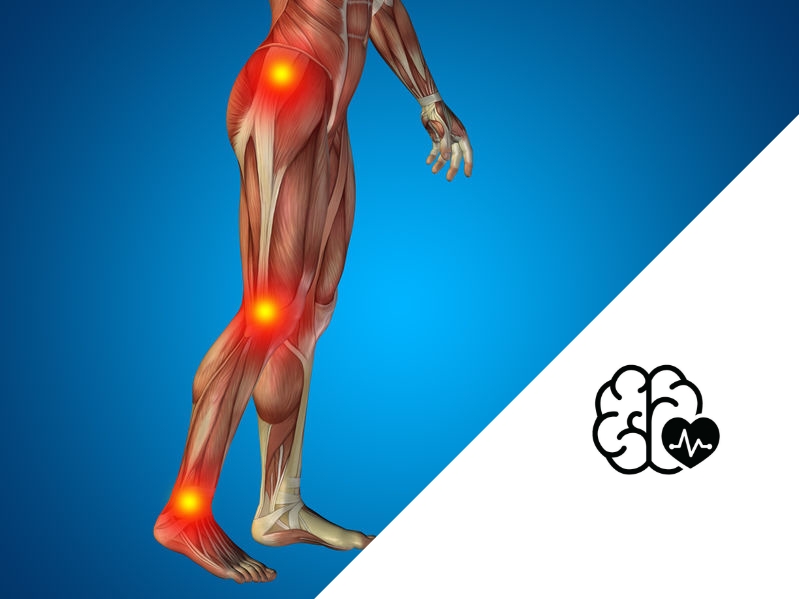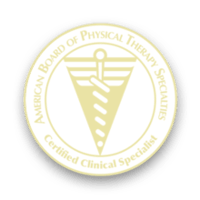What is a “stiff leg”?
A stroke can cause many different leg problems that can make walking difficult. One problem is (what some people refer to as) a “stiff leg”. So, what exactly is a stiff leg? Well, do you ever feel like at the exact moment you want to bring your affected leg (leg affected by your stroke) forward, you can’t? In other words, it seems like the leg just “stiffens” or gets stuck to the ground? That is what many people refer to as a “stiff leg”. In the “therapy world” we refer to this as tone or spasticity.
What causes a stiff leg after a stroke?
Spasticity is a condition where muscles are constantly contracted. In some people, they are not constantly contracted but seem to contract at the most “un-ideal” times (ie: walking). This can make walking (among other activities) extremely challenging.
For example, certain muscles must relax when you want to bring the leg forward. However, if you have spasticity, just the OPPOSITE happens. The very muscles that need to relax seem to contract (or “stiffen”). So what is the solution? I thought you would never ask ?
What exercises can help fix a stiff leg after a stroke?
Instead of sharing “an exercise” with you, it is more of a process. As you may already know, stroke recovery, is not one dimensional. Unfortunately, stroke rehabilitation (the brain/body connection) involves several moving parts. This is a critical fact when engaging in any movement recovery program after a stroke.
For example, if you have an extremely tight muscle, it (the tight muscle) will add resistance to any movement (you try that opposes that muscle). So it is (somewhat) wasted energy to keep trying to work on the movement when you don’t have the available range of motion. This is why I use a similar process for many of my movement recovery exercises.
It is a three-step process. First, stretch the muscles around the joint (or joints) involved in the movement. Second, perform a passive movement (assist the movement). The third step is to perform the movement actively either lying down or sitting. This is necessary to ensure the quality of movement. And finally, incorporate that movement into the functional activity (for example, walking or reaching into a cabinet).
Step 1: Practice getting muscles (causing the stiff leg) to relax.
The most common muscles that keep the leg “locked out” are the quadriceps (muscles that straighten the knee) and the glutes (muscles that extend the hip). In order to bring the leg forward, these muscles need to “turn off” or relax. That being said, the first thing that must be addressed is learning to inhibit (turn off) these “over-active” muscles.
Notice, (in the video) I am positioned laying down. This position is the best way to start teaching these “over-active” muscles to relax. The position puts the body in a more relaxed state. Needless to say, the more relaxed the body is (in general) the easier it is to address the specific muscles.
This step (in the video) will also stretch (lengthen) any muscles that have shortened and may “resist” the leg bending (which is necessary to keep it from catching on the ground).
Step 2: Practice isolating joint movement.
Spasticity has a tendency to affect groups of muscles. We call these spasticity patterns. Two common “patterns” are extensor and flexor patterns. Without getting too technical, the goal is to “break up” these patterns. For example, to swing the leg through the knee needs to bend while the hip is extending. To do this, you will need to work on bending the knee without any movement happening at the hip. In the video below, I explain this as well as show exercises to help with this.
Step 3: Progress to standing
The final step is to practice the same movements in standing. It is important to avoid jumping to this step too early. Remember, if the brain and the body are not able to relax in standing, then these movements will not happen. As you are already well aware, standing makes the “stiff leg” worse. This happens because the body is under stress. The more comfortable you are with these movements in sitting and laying down, the less “stressed” your body will get when you stand up to perform these exercises.




In a recent video you had a tool to push down and allow the ;eg to come back up, I’m trying to find it but did not catch the name of it. I can find many circular motion pedal devices but wondered if it has a name or you can provide a link? Thank you so much fir all you do.
I suffered a massive stroke in September 2019. After intense therapy, I can now walk again without any assistive devices. I do well with performing exercises, but nothing has helped my stiff leg that feels like it drags when I walk. Any suggestions would be truly appreciated.